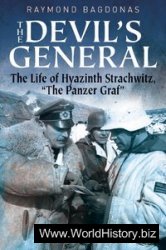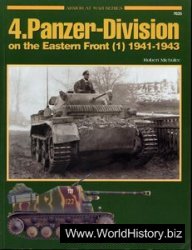The collection of stones at Neston represents a snapshot of a community in transition, a recently Christianised community that felt it important to celebrate its new-found faith in a manner that drew upon the wider cultural context in which the inhabitants existed. The variety of imagery is startling and indicates a strong connection to the visual and cultural repertoire of the period whose sources presumably lay in portable artefacts such as psalters whose imagery perhaps inspired the extraordinary scenes on these and other stones (Henderson 2008, p. 183).
Yet on another level, the sources of the images were also the lives of those commemorated, a local elite whose war and hunting pursuits were common across all societies in Europe at the time. The associated imagery was thus readily understood by all community members, whether secular or religious. Analysis demonstrates that the messages conveyed by the stones are not unidimensional but instead convey layered messages signifying both piety within the context of the religious sensibilities of the time and membership of an elite pursuing the normal activities of their station common across western Europe at that time.
Over time, the community’s view of these monuments must have changed because at some point they were broken up and recycled into the building. We shall never know when this occurred but perhaps at some point these monuments may have been considered sacrilegious and thus removed from the sight of society. When rediscovered in the Victorian era they were brought once more into the community’s consciousness, but were still perhaps irrelevant to it—museum pieces rather than monuments.
This is reflected to a degree in how I found the stones when I first saw them in 1987: abandoned in a heap by the vestry door. My invitation to see them and to write an interpretation of the group so they could be redisplayed was very much the realisation on the part of congregation that the heap of stones was not an adequate preservation of what were historic monuments.
The resulting research carried out on the fragments could also be seen to be peripheral to the community. They had precious little involvement in the interpretation and academic study of the pieces, although no doubt they appreciated the resulting display within the church. For the wider community beyond the congregation but living within Neston and beyond, the work became relevant only when it became part of Elizabeth Royles’ exhibition on Vikings in the Wirral.
Working with schools to reimagine the imagery of the stones as they might have appeared (Figure 12.9) inspired a greater awareness in the children of Neston of both the monuments and those who created them. The creation of the resin replica and its placement in the open where all can see and enjoy it place these monuments once again at the heart of the community and, like the children’s artwork inspired by the form of the cross, reminds us that these monuments had real meaning to society when they were carved even if all the nuances cannot now be recaptured.

FIGURE 12.9 Viking crosses as reimagined by Neston children working with Elizabeth Royles.





 World History
World History


![Road to Huertgen Forest In Hell [Illustrated Edition]](/uploads/posts/2015-05/1432477693_1428700369_00344902_medium.jpeg)






